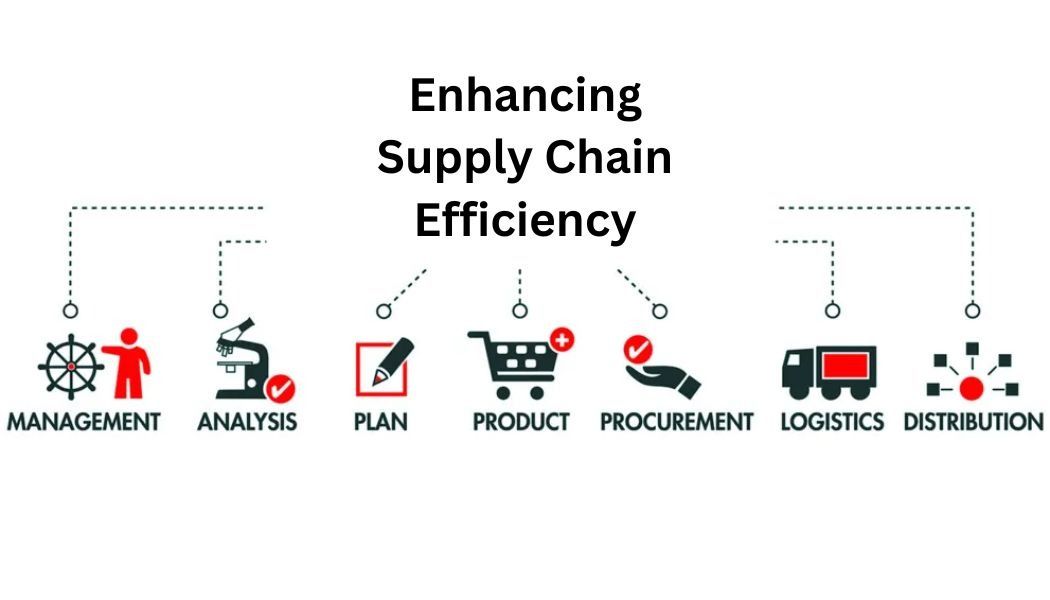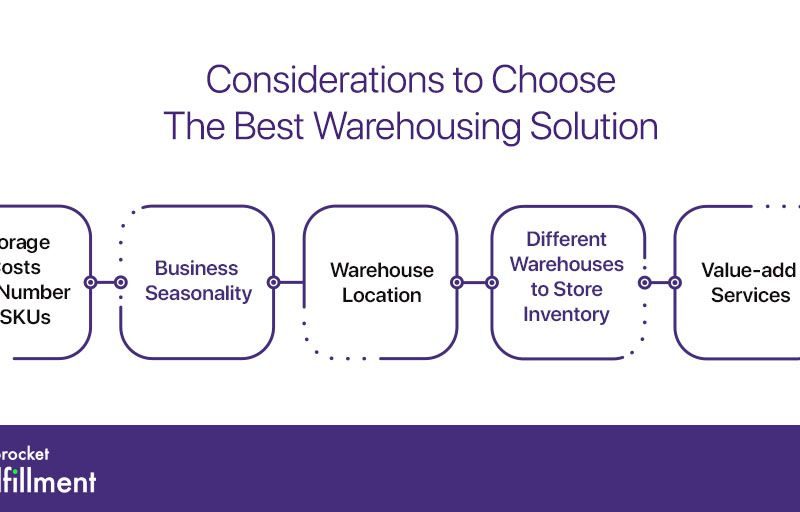In today’s competitive business landscape, maintaining a lean and efficient supply chain is crucial for success. A well-managed supply chain can help reduce costs, improve customer satisfaction, and drive overall business growth. By streamlining processes and optimizing workflows, companies can increase their efficiency and stay ahead of the competition.
Identifying Inefficiencies in the Supply Chain
The first step in improving supply chain efficiency is to identify areas of inefficiency. This can be done through a thorough analysis of the current supply chain processes, from sourcing raw materials to delivering finished products to customers. Common bottlenecks and challenges may include long lead times, excess inventory, lack of communication between suppliers and partners, and inefficient distribution networks.
Implementing Technology Solutions
Technology plays a key role in improving supply chain efficiency. By implementing advanced software solutions such as inventory management systems, transportation management systems, and supply chain analytics tools, companies can streamline operations, optimize inventory levels, and improve visibility across the supply chain. These technologies can help identify potential bottlenecks and inefficiencies, allowing companies to make data-driven decisions and improve overall performance.
Embracing Automation
Automation is another key strategy for improving supply chain efficiency. By automating routine tasks such as order processing, inventory tracking, and shipment notifications, companies can reduce human error, improve accuracy, and free up valuable resources for more strategic activities. Automation can also help improve speed and responsiveness, allowing companies to better meet customer demands and reduce lead times.
Building Strong Partnerships
Collaboration is essential for a successful supply chain. By building strong partnerships with suppliers, distributors, and other key stakeholders, companies can improve communication, streamline processes, and reduce lead times. Strong relationships with partners can also help companies negotiate better terms and pricing, leading to cost savings and improved overall performance.
Continuous Improvement
Supply chain efficiency is an ongoing process that requires continuous improvement. By monitoring key performance indicators, analyzing data, and soliciting feedback from stakeholders, companies can identify areas for improvement and implement targeted strategies to drive efficiency. Continuous improvement allows companies to stay agile and responsive to changing market conditions, ensuring long-term success in a competitive business environment.
Conclusion
Improving supply chain efficiency is a critical priority for companies looking to reduce costs, improve customer satisfaction, and drive business growth. By identifying inefficiencies, implementing technology solutions, embracing automation, building strong partnerships, and committing to continuous improvement, companies can optimize their supply chain operations and stay ahead of the competition. With a lean and efficient supply chain, businesses can better meet customer demands, adapt to market changes, and achieve sustainable success in today’s fast-paced business environment.


